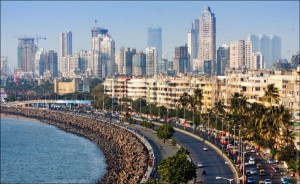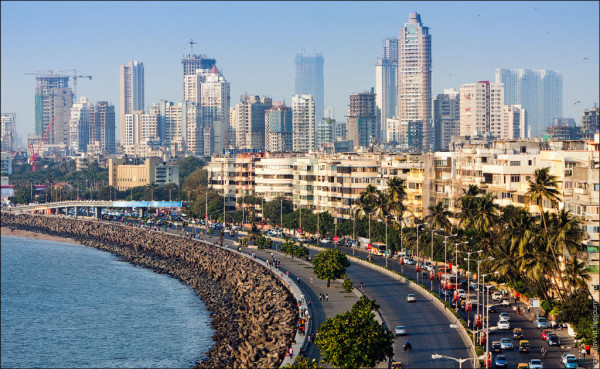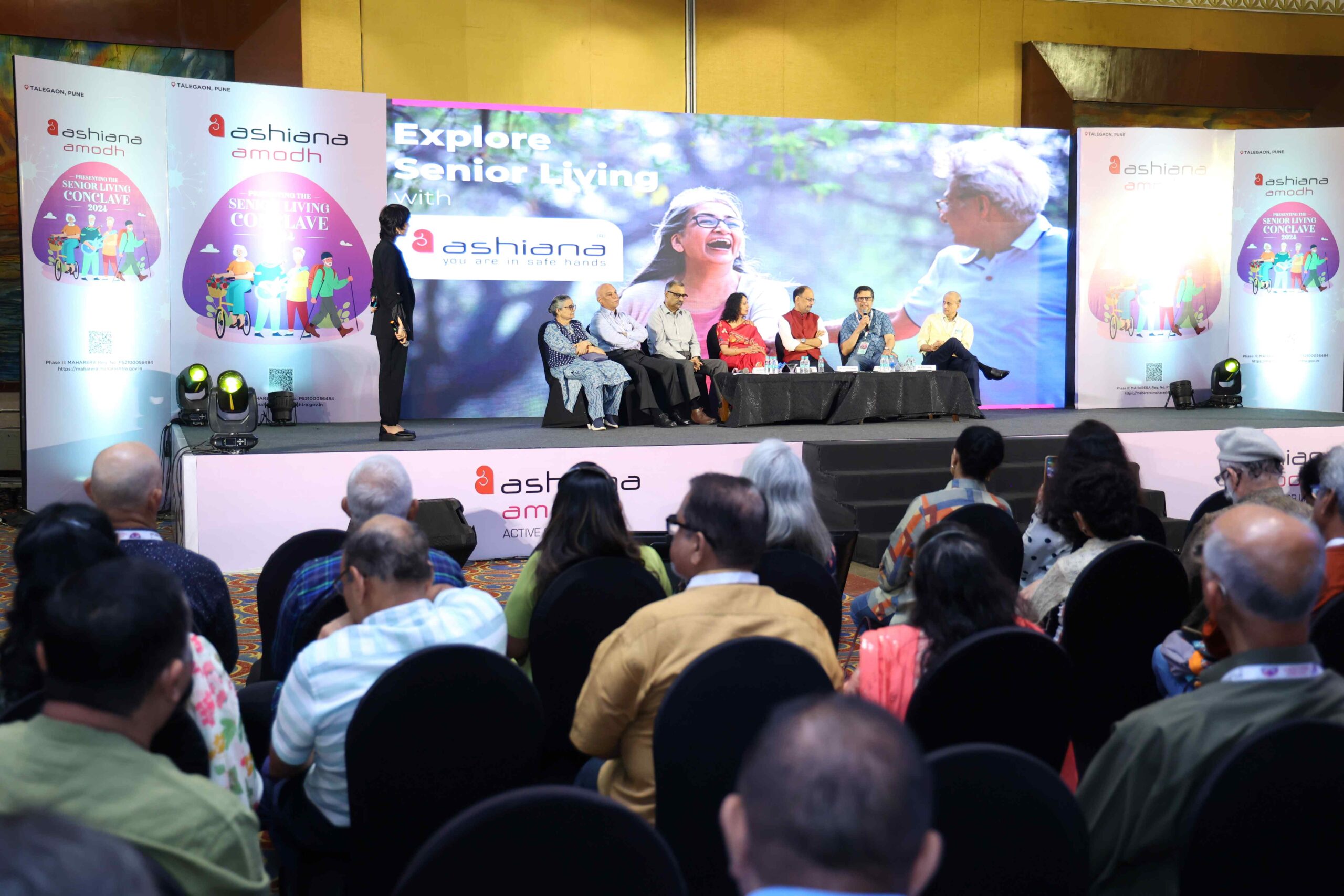Bottom Line: Does NDZ in Mumbai stand for No Development Zone or Never Development Zone?
 For long the built environment of Mumbai’s urban landscape had resigned to the fact that NDZ is equal to Never Development Zone. However, the decision of BMC (BrihanMumbai Municipal Corporation) to open up vast tracts of NDZs for affordable housing is being seen as the beginning of policy makers giving up the old school of environmental norms and adopting to what many peninsular global cities have already successfully done.
For long the built environment of Mumbai’s urban landscape had resigned to the fact that NDZ is equal to Never Development Zone. However, the decision of BMC (BrihanMumbai Municipal Corporation) to open up vast tracts of NDZs for affordable housing is being seen as the beginning of policy makers giving up the old school of environmental norms and adopting to what many peninsular global cities have already successfully done.
The BMC’s decision has also been upheld by the Maharashtra Chief Minister Devendra Fadnavis who clarified that NDZs are actually Future Development Zones and not Never Development Zones.
Replying to a discussion on Mumbai in the Maharashtra Legislative Assembly, Fadnavis clarified that 63 per cent of the Mumbai’s land mass can not be developed and the population has to be accommodated on only 37 per cent of the landmass. Nearly 30 per cent is natural areas, 12.5 per cent roads, 14.5 per cent is designation, 2 per cent Aarey and 4.5 per cent are various reservations.
Unlocking NDZs
- NDZs in Mumbai are being redefined as Future Development Zones instead of No Development Zones
- BMC plans to open up NDZs for 10 lakh affordable housing
- The proposal in the Draft Development Plan 2034 gets approval of the Chief Minister
- Environmentalists suggest due caution to avoid ecological imbalance
The BMC in the Draft Development Plan 2034 for the city has proposed to create 10 lakh affordable housing by opening up of NDZs. The real estate sector has naturally welcomed a move that they had been demanding for so long in their collective consciousness.
Kaizad Hateria, Brand Custodian & Chief Customer Delight Officer, Rustomjee Group asserts that the move will be beneficial to all the stakeholders in the real estate ecosystem. Opening up a part of NDZ will generate new opportunities for the developers to offer unique products and quality lifestyle to the potential buyers. Further, it will also help develop residential and commercial stock as well as cultural and infrastructural spaces. The development of NDZ needs to be undertaken carefully by following best practices and also closely monitoring its impact on the environment.
“While realty market players and other stakeholders have a positive outlook towards opening up of NDZs for development, there is a need to draft a development plan that will help curb various environmental challenges like imbalance in the environmental ecosystem, endangered species and diminishing open spaces. A planned way of development involving the use of best practices for NDZ development will benefit the ecosystem in the long run,” says Hateria.
Manju Yagnik, Vice Chairperson, Nahar Group says this is a welcome move as Mumbai has reached a point of saturation with no land available for development in Mumbai. Opening up of NDZ for development will give a fillip to the housing sector. Due to scarcity of land, property prices have risen and are bound to increase further. This move has the potential to arrest the rate and create more housing stock which will result in more stable property prices and fulfilling the dreams of prospective home buyers at large. Affordable housing will be possible if land is available at incentivized price.
“There are numerous advantages for a city like Mumbai which is strapped for want of space. NDZs can be developed for affordable housing on a PPP model with government providing land in partnership with private developers who bring in their expertise in building construction. This move in fact can take ahead the government’s clarion call for ‘Housing for All 2022’,” says Yagnik.
Urban analysts nevertheless suggest that there are a number of factors that need to be kept in mind before such zones are developed for housing. Opening of such zones have to be in a planned and phased manner so that there is no load on the existing infrastructure.
Before development of such zones basic infrastructure needs to be in place such as road and railway connectivity, social infrastructure in and around the area etc. Haphazard development will create more load on the infrastructure and will show negative development.
The challenge will be to undertake development in a planned and systematic manner taking into consideration the eco sensitivity of the land mass. Creating green spaces and planning open space will maintain ecofriendly environment.
Detailed study needs to be made into the land for development and concerns addressed such as forested areas, mangroves, climate change, natural water steams, air pollution etc. If these concerns are addressed then NDZs can be a boon to a city like Mumbai.
Lack of land available to develop affordable homes has left the realty stakeholders scouting for more, therefore looking at No Development Zones. While the government has decided to open up NDZs, there have been some concerns raised in this context. While there are some positives for the real estate industry, it also raises some environmental concerns:
Pros:
- Low cost homes – In Mumbai, affordable homes start anywhere between Rs. 50 lakhs to Rs. 1 crore owing to high land cost and greater demand from buyers/investors. As NDZs get available for development, low land cost at initial stage will enable the developers to spend less on overall project cost and develop flats at Rs. 30-40 lakhs rupees. This will generate homes at a reasonable price for the potential buyers.
- Realty market expansion– Availability of NDZs for development will open up new areas for developers to expand their operations and develop residential, commercial and infrastructure stock. This will further bring positive outlook to the realty sector and bridge the demand-supply gap.
Cons:
- Ecological imbalance – Mangroves, shrubs and other bio diversities protect the environment and reduce chances of natural disasters like Tsunami and Earthquakes. However, development of NDZs will disturb the ecological balance endangering the life of species and creating an unbearable load on the ecosystem.
- Lack of open spaces– Metropolitan cities like Mumbai are increasingly facing the challenge of fast diminishing open spaces. The mushrooming residential and commercial spaces have led to space crunch and have triggered greater demand for open & green spaces. Developing NDZs will further fuel this debate.
In a nutshell, while there are both the advantages as well as potential disadvantages of opening up of NDZs, the urban constraints of Mumbai suggest that the time has come when Mumbai should also explore ways & means to optimize land use the way certain other global peninsular cities like Singapore have done. It will not only revitalize the real estate market of the city but the overall economy of Mumbai will be witness to a new cycle of economic revival.
By: Ravi Sinha





